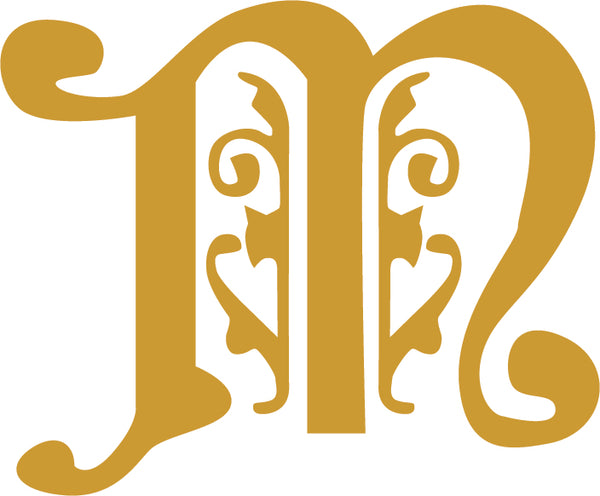
The History of the Color Blue
Blue is the second most common color in medieval manuscripts, after red.
Probably its most common color source was azurite, a blue stone rich in copper, found in many countries of Europe.
It is very hard and has to be smashed and then ground patiently with mortar and pestle until it slowly and dustily turns to powder.
Another blue, much more of a violet-blue, was made from the seeds of the plant tumsole, now called Chrozophora.
This plant is a small, unassuming herb found in the Mediterranean, North Africa, and central and southwestern Asia, according to the study, and it's usually spotted in dry areas and along the edges of agricultural fields.
Chrozophora tinctoria, has a natural source of color that creates blue and purple dyes. They were stored on cloth and dried as watercolors. When it was time to use them as paint, a piece of cloth was cut and the paint was extracted with water or another element to bind it to the page.
But the blue prized above all others was ultramarine, blue from far beyond the sea, made from lapis lazuli, found naturally only in the region of Afghanistan.
Archaeologists recently unearthed the skeleton of a woman they say was probably a skilled artist who helped produce the richly illustrated religious texts of medieval Europe. The woman lived sometime between 997 and 1162 CE, according to radiocarbon dating of her teeth. She died with tiny flecks of expensive lapis lazuli pigment still caught in her teeth, probably from licking the tip of her paintbrush to make a finer point. <-- Pretty interesting!
While today I don't use these types of colors, it is fun to learn about them and to make my own using pigment powders and binders.




